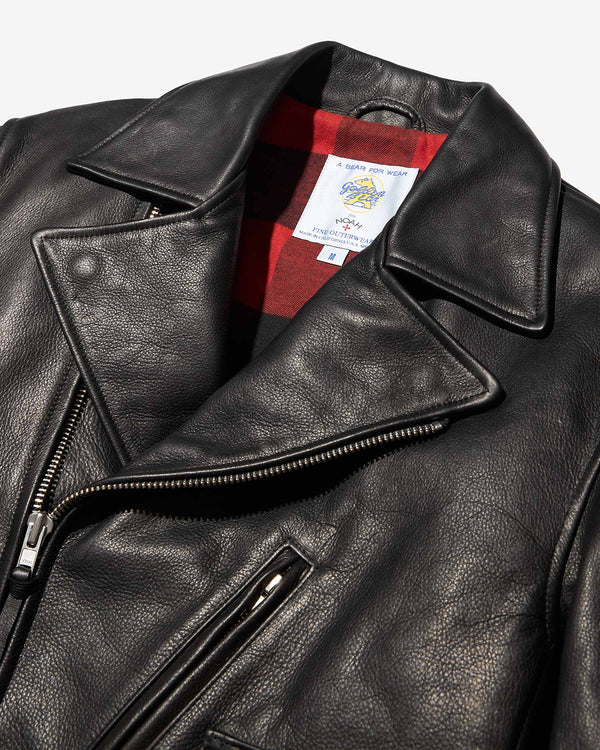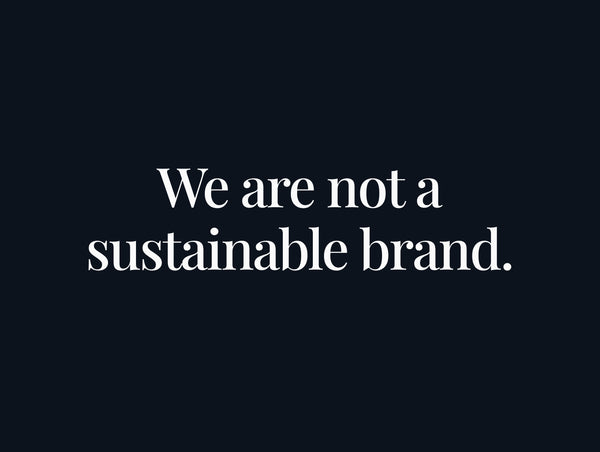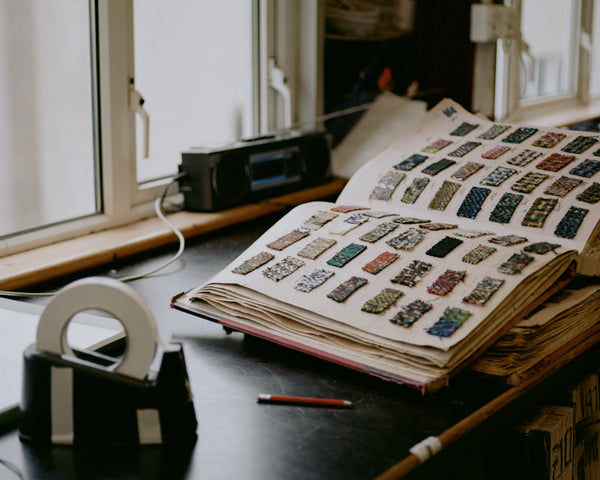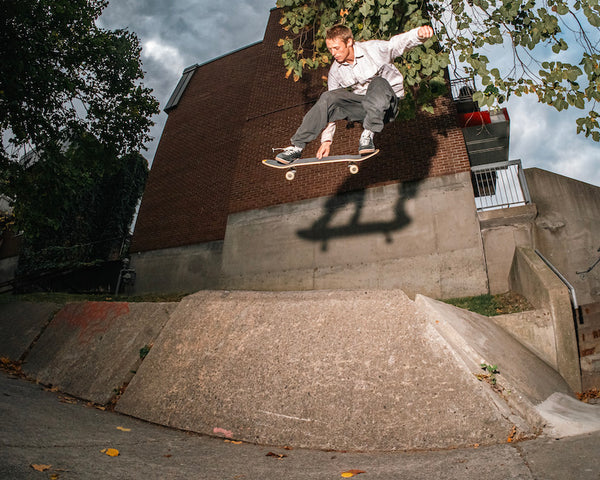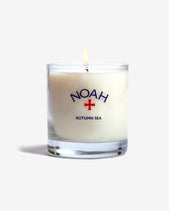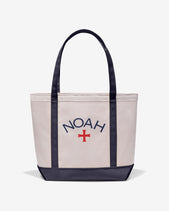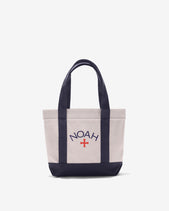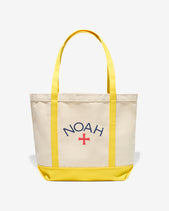
North America has lost 2.9 billion breeding birds since 1970. That means 1 in 4 birds have died in the last fifty years, and that nearly 30% of birds have disappeared from this continent. Additionally, two-thirds of the birds that remain in North America are threatened with extinction due to climate change. It is clear now, more than ever, that immediate conservation action is needed to protect the planet and all forms of life on it.
In the past month, two major studies have been released outlining the devastating loss of birds in North America. Cornell Lab of Ornithology and the American Bird Conservancy outlines population declines that we’ve already experienced, and National Audubon predicts what will be lost in the future as a result of climate change. There are several compounding causes of the decline, such as climate change, habitat loss, predation by free-roaming cats, and collisions with glass windows. Thankfully, there are solutions to guide local actions we can take to reduce these threats.

Over 350 bird species, and millions of individual birds pass through or live in the various urban landscapes of New York City. Our green spaces are essential habitat for endangered songbirds, providing communities with relief from heat island effects and defense against increasing storm surges. Some of the most vulnerable species, such as Piping Plovers and Least Terns, nest on the over 500 miles of coastline that due to climate change, is vulnerable to sea level rise and flooding. Enter your zip code into National Audubon’s new Birds and Climate visualizer to find out how climate change is affecting birds in your area. In NYC, join local groups like New Yorkers for Parks, We Act for Environmental Justice, and the Natural Areas Conservancy in advocating for the preservation of the city’s green spaces, including important marshlands and coastal habitat.
Our built environment poses another deadly threat to birds besides habitat loss due to over development. In New York City alone, up to 230,000 birds are killed each year as a result of colliding with glass buildings. Clear and reflective glass can be difficult for birds, and some humans, to recognize as a barrier and separate from reality. This results in birds trying to either fly through transparent glass to habitat behind it, or into a highly reflective surface that mirrors the surrounding trees and sky. New York City Audubon has been researching window collisions for over twenty years, and are working with architects, developers, and local government on ways to make the city safer for birds.

If you would like to join the effort in making New York City and beyond safer for birds, here are a few actions that you can take and resources to explore.
-
Become a conservation advocate by building a relationship with your representatives and contact them regularly. Here is a list of bird friendly bills and ways that you can support them right now!
-
Join a local conservation organization, like New York City Audubon and volunteer with them or support them monetarily.
-
Provide and/or promote native plant habitat. If you’re lucky to have a green space of your own, including native species can reduce your water usage while providing food for native insects and birds. Otherwise, advocate for native plants in your local parks.
-
Reduce your carbon emissions at home and at work while advocating for climate solutions through policy change. Governor Cuomo signed the Climate Leadership and Community Protection Act in July, making New York State a leader in climate policy.
-
Support a national conservation organization, like American Bird Conservancy, which allows them to continue to do research and provide essential science communication tools, such as this website: https://www.3billionbirds.org/

Visit the websites above for additional ways that you can help bring birds back. By remaining hopeful and taking swift action, together we can help prevent the loss of more birds in the future.
Photos By Sophie Butcher, @famefamefamephoto
